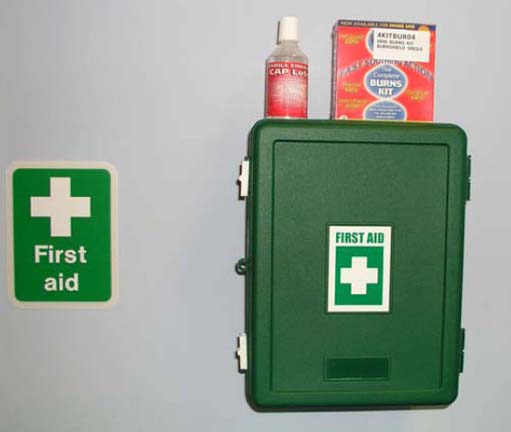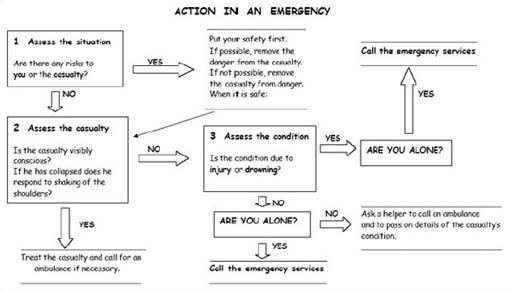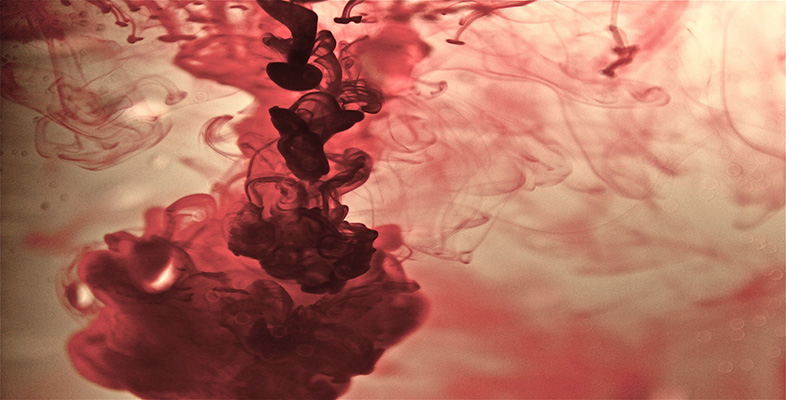4 First aid and emergency procedures
4.1 First aid
It is not required that students be trained in first aid. It is, however, important that a first aid kit is carried when you are likely to be away from immediate assistance. First aid must be rendered at once, and medical and relief help should be sought if necessary. It is important that appropriate first aid skills for use in the field are understood by those who might need them and that the procedures for enlisting help are known.

A first aid box must be provided in a laboratory and a first aid kit must be provided by the leader of each field trip and, in addition, a small personal first aid kit is recommended for all members of a party travelling in remote areas (students included). Table 2 lists what a typical first aid kit for the field, which is small enough to be carried with you in a pocket or rucksack, should contain.
All untoward incidents, as well as all accidents, may have to be reported to various authorities, so the circumstances should be noted down as soon as possible after initial help has been rendered. A report should subsequently be made to the Head of Department and the Occupational Health Section (or the appropriate persons for your institution).
| Quantity | ||
|---|---|---|
| Assorted stretch-fabric plasters | 1 dozen | |
| Crepe bandage 3″ | 1 | |
| Triangular bandage | 1 | |
| Standard dressing (lint) no. 9 | 2 | |
| Non-stick dressing (‘Melolin’) | 1 | |
| Cleansing wipes (in foil sachets) | 6 | |
| Safety pins | 6 | |
| Small packet of salt and sugar | 1 each | |
| Savlon, or similar antiseptic cream | 1 | |
| Small note book and pencil | 1 | |
| Optional: | Scissors 5″ (blunt ended) | 1 |

If you are in the laboratory there are first aiders on site and you should know who the first aider is for your area.
If you are going on field-based research it could be very beneficial for you to attend one of our 1-day emergency first aid courses.
To give you an idea of the kinds of thing that are covered in a 1-day course, we suggest you visit the following sites:
Red Cross
St John's Ambulance
Unfortunately, there has been a lot of misinformation and misunderstandings about first aid, so let us start off with a definition.
The aims of first aid are to:
preserve life;
prevent the worsening of any injuries;
promote recovery.
